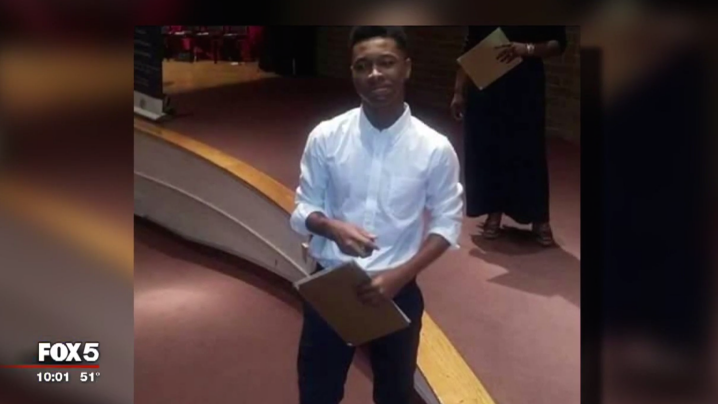
Catherine Pugh, addressing a rally across from Baltimore City Hall a day before she won the Democratic nomination to become mayor of the city April 26, 2016
Chip Somodevilla/Getty Images
Baltimore’s mayoral primary race was so close this year that as celebration music blared and people danced at former Baltimore Mayor Sheila Dixon’s headquarters, actual Democratic mayoral nominee Catherine Pugh was giving her victory speech.
Dixon’s campaign headquarters were still waiting for the final results because the tally was so close. On the Democratic side, Pugh won the primary with 37 percent of the vote. Dixon garnered 34 percent and candidate Elizabeth Embry followed with 12 percent.
In a race overloaded with candidates, the other competitors received minuscule percentages of the votes: David Warnock (8 percent), Carl Stokes (3 percent), DeRay Mckesson (2 percent) and Nick Mosby (1 percent), while Calvin Young, Patrick Gutierrez, Cindy Walsh, Mack Clifton, Gersham Cupid and Wilton Wilson all languished at the bottom around zero percent.
Mckesson, a renowned Black Lives Matter activist, was largely considered a serious contender, at least among people familiar with his work outside Baltimore. But many Baltimore activists called him a “social media activist” (Mckesson has over 300,000 Twitter followers), saying that they hadn’t seen him on the ground working with local activists.
Mosby, the husband of Baltimore City State’s Attorney Marilyn Mosby, had also been widely considered to fare better because as a city councilman, he represented the district that became a media maelstrom after the death of Freddie Gray. Activists, however, claimed that he wasn’t particularly active in his district. And Mosby himself dropped out of the race weeks before the election and threw his support to Pugh.
Alan Walden, a former WBAL radio anchor, was the winning Republican nominee and will face Pugh in a September election in a city that is overwhelmingly Democratic. Democrats outnumber Republicans 10 to 1.
In 2001, 74,000 people voted Democratic for the Baltimore mayor; this year it was 130,000. The increase may be attributed to activism and new laws enacted to restore voting rights to convicted felons in Maryland.
The stakes were high for this primary election. In the wake of Freddie Gray’s death, the national spotlight has been on Baltimore, a city with entrenched problems of extreme poverty, health issues like lead paint poisoning, poor educational systems, a poor public transportation system, de facto segregation in neighborhoods, and an astronomical murder rate.
The election also fell on the day before the one-year anniversary of Gray’s funeral with these problems continuing, despite the increased attention. Current Baltimore Mayor Stephanie Rawlings-Blake was widely criticized for her response to the unrest following his funeral—agreeing with Maryland Governor Larry Hogan on instituting a citywide curfew while disparaging frustrated teenagers. Baltimore was looking for new leadership. Then, two months after the unrest, Hogan killed the Red Line, a much-needed transportation system for a city that relies heavily on “hacks”—an illegal form of transportation where people hail down ordinary drivers and pay them to take them places.
Mckesson seemed like a likely candidate for change: He was a young, outspoken activist, born in poverty in Baltimore. But the citizens in Baltimore didn’t know him. Only a few of his posters dotted the city landscape. Dixon was the beloved former mayor who was tainted by scandal for embezzling $1,500 worth of gift cards intended for needy families. During Gray’s funeral, as Mayor Rawlings-Blake spoke to the crowd, members shouted out to Dixon, who was in the audience, “We need you Sheila!” But it seems like not all of the voters were able to forgive her transgressions. Many voters interviewed expressed their skepticism about someone who would intentionally take advantage of poor residents of the city.
Pugh, a state senator, has twice run unsuccessfully for mayor. This year, she increased her profile, standing with Rep. Elijah Cummings (D-Md.) on the streets during the unrest. Baltimore was looking for change and Pugh provided a narrative that included relationships with state officials, who are known to notoriously neglect the needs of one of Maryland’s poorest cities. Pugh successfully created the Baltimore Design School, a school that serves middle and high schoolers in fashion, architecture and graphic design programs.
Pugh also has proved her commitment to the city over the years. We’ll see if she will be able to use her influence in Maryland’s capital, Annapolis, to have not just a media spotlight on Baltimore, but a financial spotlight, too.


































